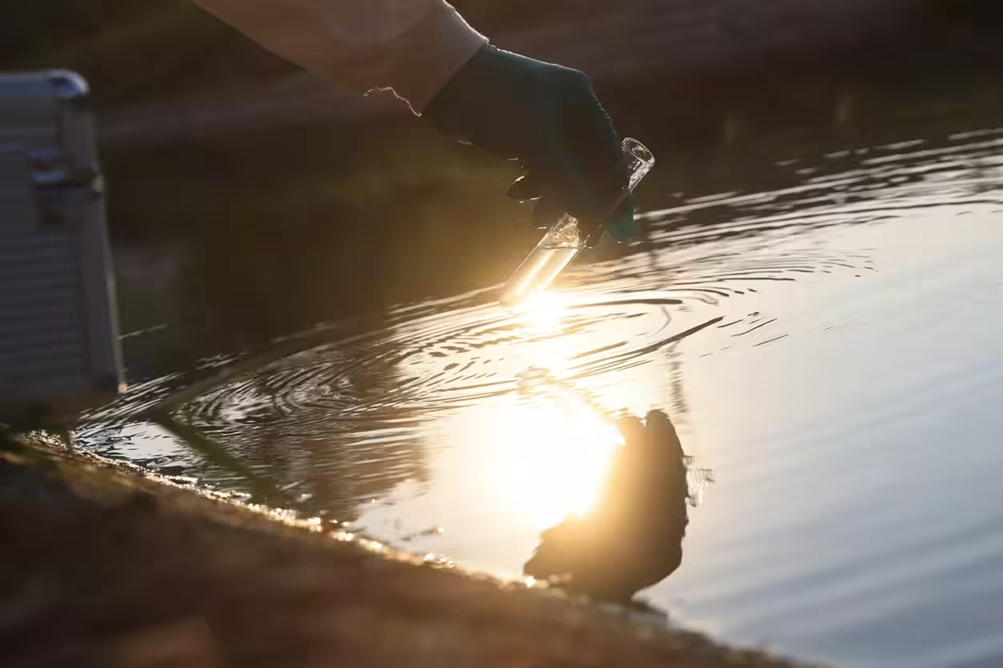
New Delhi: Identifying water quality hotspots at the block level, regular testing at both source and household levels and community sensitisation on water-borne diseases are among the guidelines issued by the National Centre for Disease Control (NCDC) to combat illnesses arising out of water contamination.
Issued recently, the guidelines outline standard operating procedures (SoPs) for joint action between ministries of health and jal shakti for timely detection, prevention, management, and control of water-related diseases due to biological and chemical contaminants, and their related health impacts through timely response.
The NCDC said that water contamination and poor sanitation are directly linked to water-borne diseases like acute diarrhoea, cholera, dysentery, hepatitis A, and water-washed diseases such as scabies and other skin and eye diseases that are often reported as outbreaks.
Sometimes water sources may have geogenic contaminants such as iron, fluoride, arsenic, nitrates, chlorides, phosphates, etc, which pose a major health risk to individuals and communities, leading to acute and chronic diseases.
Water also hosts many human parasites, and incorrect water storage where supplies are inadequate, results in the breeding of vectors that spread diseases such as dengue etc, the SoP document said.
The objective of the SoPs is to enable joint monitoring of water quality and water-borne disease surveillance for early response, control, and prevention of outbreaks, to leverage the network of strategically located laboratories to support and validate water quality testing.
The aim is also to integrate routine awareness activities on water quality and its impact on health and enable community engagement and to identify and address the existing and emerging health issues related to water quality.
The SoPs call for setting up a water and health committee with representation from MoJS, MoHFW, and other ministries, at the national level, that meets once a quarter to support the formulation of policies and guidelines from time-to-time and for providing necessary financial support to states and Union Territories through existing and or emerging mechanisms.
At the state level, it calls for designing joint IEC campaigns for water and water-related health issues by the state health department and having a State Rapid Response Team, officials of which will undertake testing of water sources and take subsequent corrective actions as required and issuance of advisories for awareness and preparedness before summer, during floods, other extreme weather events (drought, cyclone, and saltwater intrusion due to sea-level rise), and during water scarcity and quality issues.
At the district level, there should be regular water quality testing of healthcare facilities and sharing results with the health team.
Besides, officials should undertake visits to water-borne disease hotspots, regularly test water quality at both source and household levels and ensure availability of disinfectants, and undertake corrective measures when required.
Besides, additional frequency of testing during floods, droughts, cyclones and in coastal areas and ensuring monitoring of treated water discharge from ETP/STP from healthcare facilities have been recommended.
At the block level, the SoPs outline identification of water quality hotspots, water-related disease outbreaks and remedial action, community sensitisation on water-borne diseases and preventive steps to be taken and to mitigate the water contamination and promoting community participation for safe water and preventive health action.
At the community level, water is to be periodically tested from schools, anganwadi centres, primary health care centres and health and wellness centres (HWCs) and the records of sanitary survey and water quality testing should be shared and the results should be displayed in the village.
According to the SoPs, community-level health care workers for water quality surveillance should be additionally trained on water quality testing, monitoring, cleaning, and disinfection and provided with field-testing kits. Besides, community-level healthcare workers and women can be identified for water quality surveillance and additionally trained on water-related health issues and disinfection practices (PHC medical officer), the guidelines said.
To improve health outcomes, it is essential to be informed of water quality and coordinate action plans in times of distress. Further, water quality monitoring should inform the preparedness to prevent water-related illnesses and support in maintaining good public health.
Taking this initiative forward, the Drinking Water Quality Monitoring and Surveillance Framework has been established under the Jal Jeevan Mission, Department of Drinking Water and Sanitation, Ministry of Jal Shakti (MoJS) with the vision to facilitate the provision of clean tap water supply to every rural home and public institution, ensuring testing and monitoring of drinking water supply and regular water quality surveillance by the community, to have confidence in consuming water directly from the tap.
It establishes a tiered institutional framework for joint action on water supply and quality from state to village levels.
This SOP document is developed to translate the vision into actions and establish convergence between the DDWS, MoJS, and the Ministry of Health and Family Welfare (MoHFW), the document said.